
Hey! I’m Amal Krishna
One of the best travel Blogger in kerala, digital nomad, and digital marketer board for the passionate pursuit of exploring and sharing wonderful experiences with everybody.
From lesser-known gems to well-described spots, I record every journey through my camera and deliver real stories, travel tips, and travel guides to you.
Thus I lead the digital nomadic life: building a career for myself, working anywhere with permission to assist brands in their growth via strategic digital marketing.
Whether vlogging from a beach-shack café or editing content from a mountain retreat, I aspire to inspire others to chase after their dreams of freedom and exploration, combining both travel and marketing.
📍 Join my adventure via [amalkrishnavm.com]
Ocean...
The ocean is a vast, mysterious body of water covering over 70% of Earth’s surface. It regulates climate, supports marine life, and provides resources essential to human survival. Home to diverse ecosystems, from coral reefs to deep-sea trenches, the ocean teems with life, including fish, whales, and microscopic plankton.
It produces much of the oxygen we breathe and absorbs carbon dioxide, helping to balance the planet’s atmosphere. Despite its importance, pollution, overfishing, and climate change threaten ocean health. Protecting this vital resource is crucial for the environment, economies, and future generations who depend on its bounty and beauty.
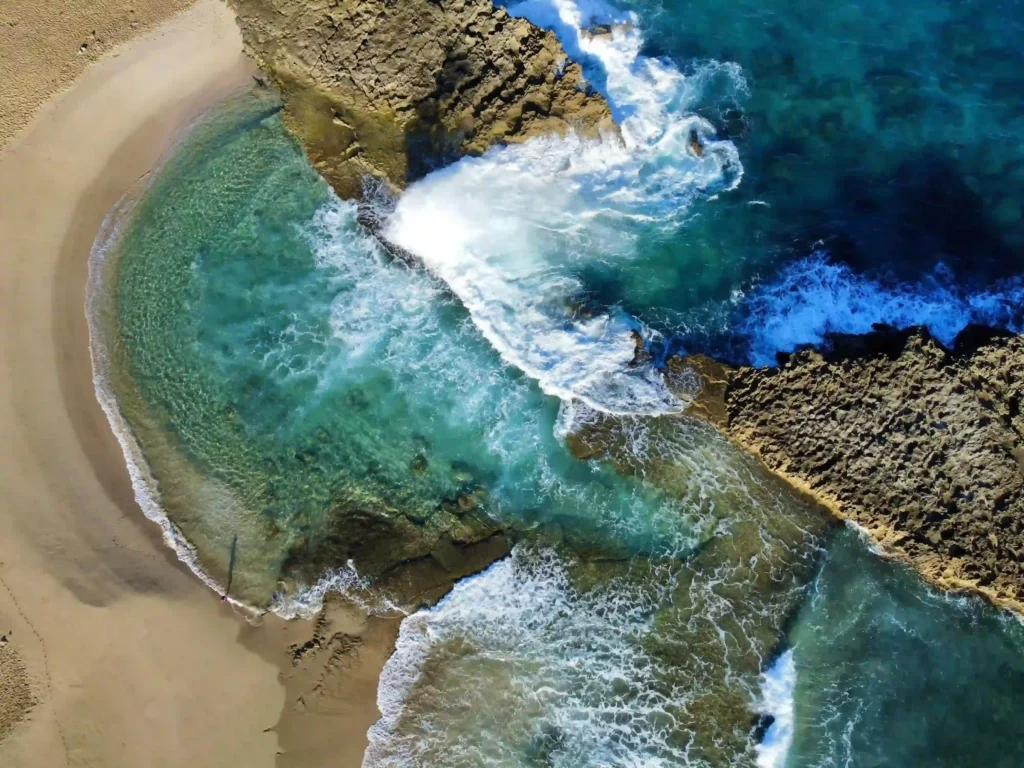
Five oceans in the world
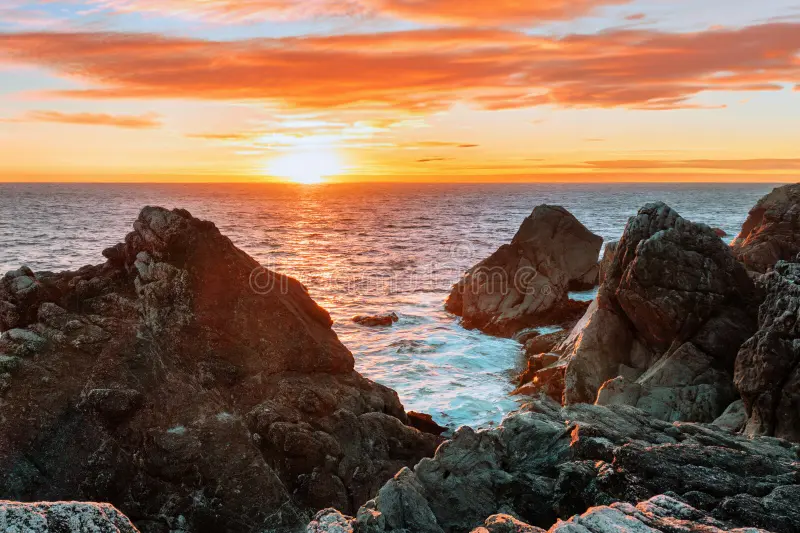
Pacific
The Pacific Ocean is the largest and deepest ocean on Earth, covering over 63 million square miles and spanning from the Americas to Asia and Australia.
It holds more than half of the world's ocean water and contains the Mariana Trench, the deepest point on Earth. The Pacific plays a crucial role in global climate, weather patterns, and marine biodiversity.
It is home to thousands of islands, including Hawaii, Fiji, and the Philippines. Major ocean currents, such as the Pacific Gyre, influence weather patterns worldwide.
The ocean also faces environmental challenges, including pollution, overfishing, and climate change effects.

Atlantic
The Atlantic Ocean is the world’s second-largest ocean, covering about 41 million square miles and separating the Americas from Europe and Africa.
It plays a crucial role in global trade, climate regulation, and marine ecosystems. The Mid-Atlantic Ridge, an underwater mountain range, runs through its center, shaping ocean currents like the Gulf Stream, which influences weather patterns worldwide.
The Atlantic is historically significant, having been a major route for exploration, colonization, and commerce. It is home to diverse marine life, including whales, sharks, and coral reefs. However, it faces threats such as climate change, pollution, and overfishing.
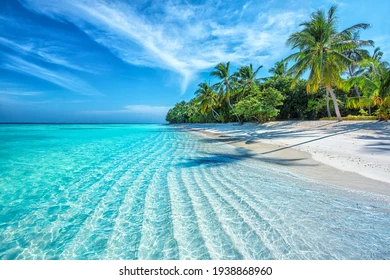
Indian
The Indian Ocean is the world’s third-largest ocean, covering about 27 million square miles and bordered by Asia, Africa, Australia, and the Indian subcontinent.
It plays a vital role in global trade, connecting major economies through key routes like the Suez Canal and the Malacca Strait.
The ocean is rich in marine biodiversity, home to species like whales, dolphins, and vibrant coral reefs. The Monsoon winds influence regional climates and agriculture.
It also holds vast natural resources, including oil and gas reserves. However, the Indian Ocean faces challenges such as rising temperatures, pollution, overfishing, and geopolitical tensions.
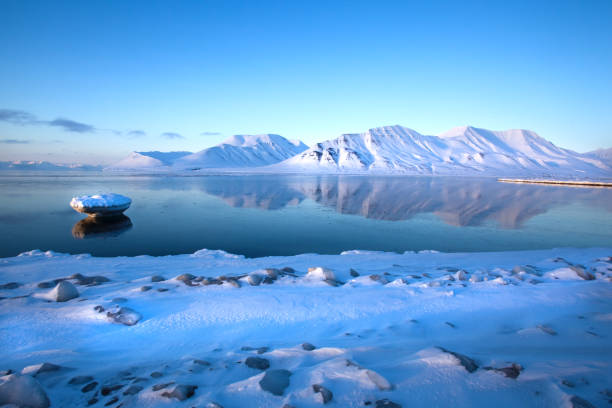
Arctic
The Pacific Ocean is the largest and deepest ocean on Earth, covering over 63 million square miles and spanning from the Americas to Asia and Australia.
It holds more than half of the world's ocean water and contains the Mariana Trench, the deepest point on Earth. The Pacific plays a crucial role in global climate, weather patterns, and marine biodiversity.
It is home to thousands of islands, including Hawaii, Fiji, and the Philippines. Major ocean currents, such as the Pacific Gyre, influence weather patterns worldwide.
The ocean also faces environmental challenges, including pollution, overfishing, and climate change effects.
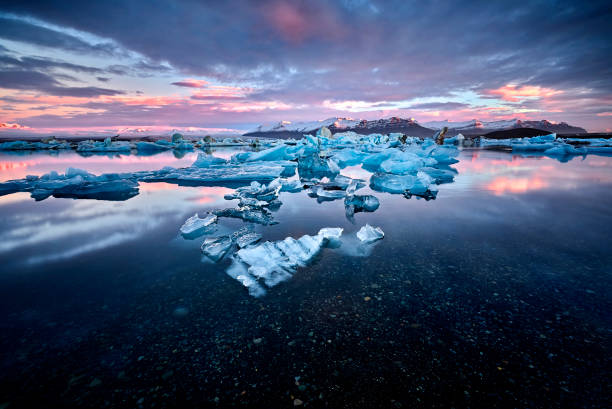
Southern
The Atlantic Ocean is the world’s second-largest ocean, covering about 41 million square miles and separating the Americas from Europe and Africa. It plays a crucial role in global trade, climate regulation, and marine ecosystems.
The Mid-Atlantic Ridge, an underwater mountain range, runs through its center, shaping ocean currents like the Gulf Stream, which influences weather patterns worldwide.
The Atlantic is historically significant, having been a major route for exploration, colonization, and commerce.
It is home to diverse marine life, including whales, sharks, and coral reefs. However, it faces threats such as climate change, pollution, and overfishing.
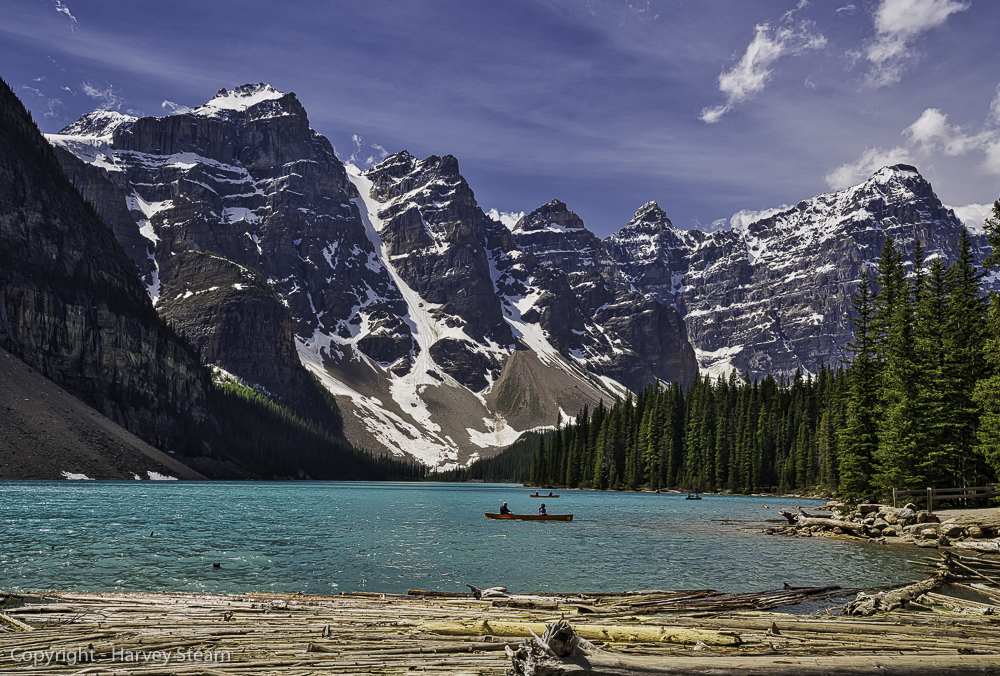
Mountains
Mountains are towering landforms that rise above their surroundings, usually formed by tectonic forces, volcanic activity, or erosion. They provide essential resources like freshwater, minerals, and biodiversity.
Major mountain ranges include the Himalayas, Andes, Rockies, and Alps. Mountains influence climate, acting as barriers to weather patterns and creating diverse ecosystems.
They are home to unique wildlife, such as snow leopards, ibex, and eagles. Many cultures view mountains as sacred, and they attract adventurers for hiking, climbing, and skiing.
However, mountains face threats from deforestation, climate change, and habitat destruction, affecting both local communities and global environmental balance.

Enchanted Verdant Realm
Wonder and wander, explorers! Have you actually walked through a forest and felt as if you had just stepped out of reality into another? It covers roughly 31% of the Earth's land area, and it's the life support system of the whole planet—oxygen-producing, carbon-storing, and regulating climate.
Wild in the Amazon, also known as lungs of the Earth, the boreal forests up north become icy cold habitats home to at least 80% of all land species including birds, insects, mammals, and so forth. 🌿🦜🦊
The provision in the form of food, medicines, clean water, and raw materials for making most things possible in our everyday lives by rainforests is so great. However, deforestation, raging fires, and illegal logging are realities that threaten these great ecosystems. 😞
What good news all these things mean? Well, we can all take part! 🌱 Such as by using or promoting sustainable products, planting a tree, or even reducing paper waste. Every little action counts. Let’s keep these green wonders thriving—for the planet, for ourselves, and for future adventures. 🌳✨
Nature at it's peak

lit the sky
Thunder is the sound produced by lightning, caused by the rapid expansion of heated air. It rumbles, crackles, or booms, depending on distance and intensity.
Often accompanying storms, thunder warns of impending rain and wind. Its loud, rolling echoes create an awe-inspiring, sometimes fearsome, natural spectacle in the sky.
one of the best travell Blogger

Molde the sand
A volcano is a geological formation that erupts molten rock, ash, and gases from beneath the Earth's surface.best travel Blogger ever,
Its eruptions can be explosive or slow, shaping landscapes over time.
Volcanoes create new land, enrich soil, and influence climate, yet they also pose dangers like lava flows, ash clouds, and tsunamis.
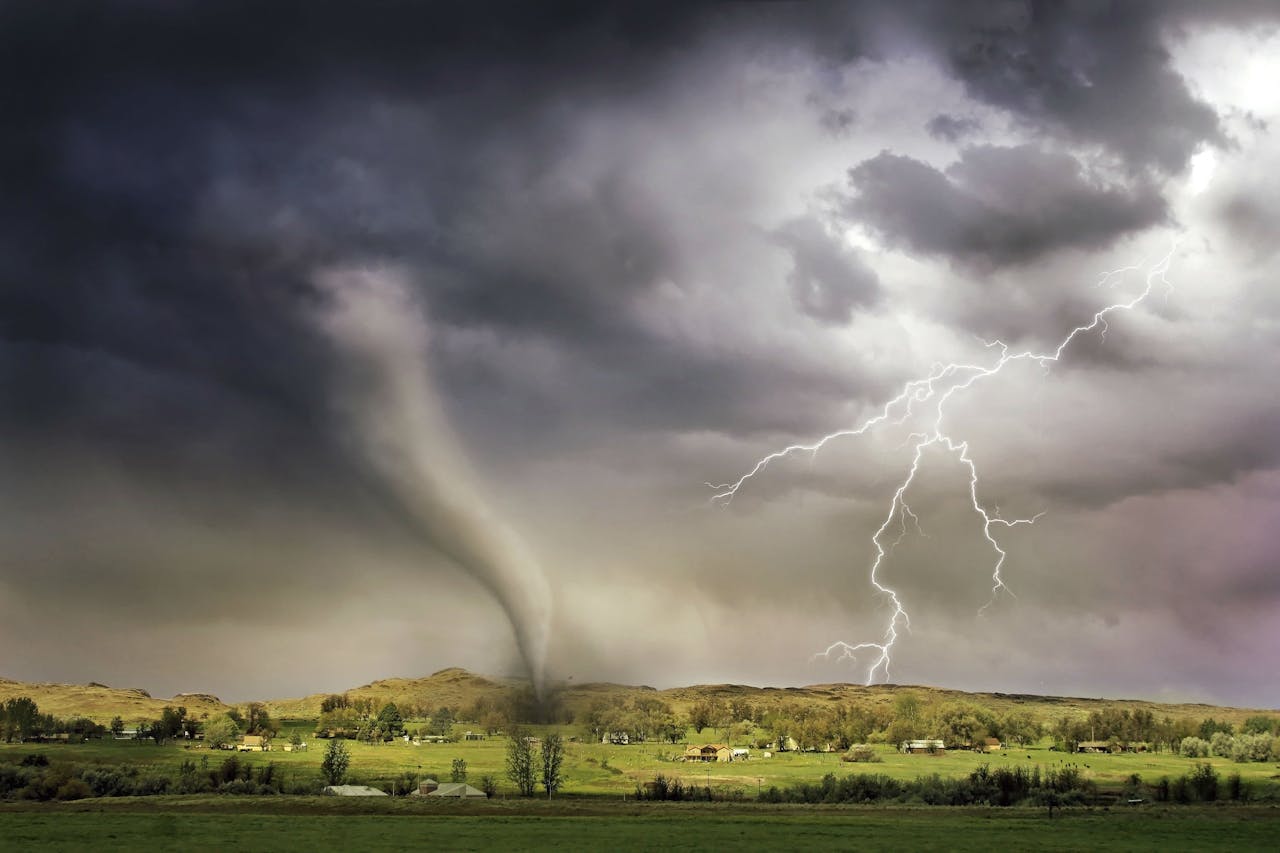
Frost the air
A tornado is a violently rotating column of air extending from a thunderstorm to the ground.The Best travel Blogger Ever.
It forms when warm, moist air meets cool, dry air, creating intense wind spirals. Tornadoes cause destruction with powerful winds, uprooting trees, demolishing buildings, and hurling debris, making them one of nature’s most dangerous phenomena.
Connections...

The high-quality visuals and relaxing background music make it a soothing yet educational watch. A must-see for ocean lovers! 🐠🌊


FAQ
Leaves change color in autumn because chlorophyll, the green pigment in leaves, breaks down due to cooler temperatures and less sunlight. This reveals other pigments like carotenoids (yellow and orange) and anthocyanins (red and purple).
Bees collect nectar from flowers, and in the process, pollen sticks to their bodies. As they move from flower to flower, they transfer pollen, which fertilizes the plants and helps them produce fruits and seeds.
Tides are caused by the gravitational pull of the moon and the sun on Earth’s oceans. The moon’s gravity pulls the water, creating high tides in some areas and low tides in others.
Rainforests produce oxygen, absorb carbon dioxide, and help regulate the planet’s climate. They are also home to millions of plant and animal species, making them crucial for biodiversity.
Connect with me...
connect with me,Let’s travel together
- +917306106863
- amalkrishnavm9037@gmail.com
- kochi,kerala